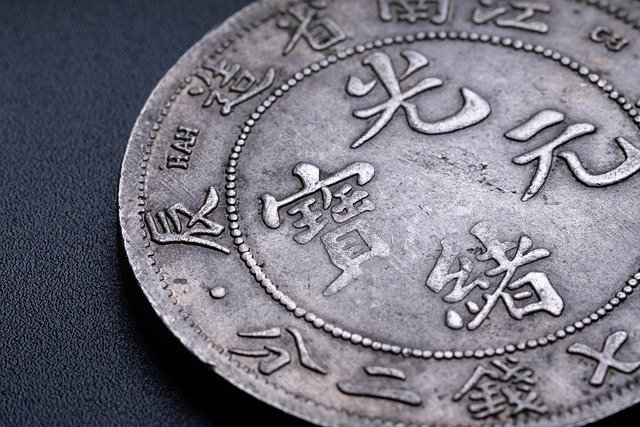Discover How To Identify A Valuable Coin At Home
For many collectors and enthusiasts, discovering valuable coins can be an exciting pursuit that starts right at home. Whether inherited from family members or accumulated over years, ordinary-looking coins might hold significant value. Learning to identify potentially valuable coins is the first step toward uncovering hidden treasures in your collection.

What Makes a Coin Valuable?
The value of a coin typically depends on several key factors: rarity, condition, historical significance, and mint date. Rare dates, mint marks, and errors can significantly increase a coin’s worth. Age alone doesn’t guarantee value - some newer coins with minting errors can be worth more than older, common pieces. The grade or condition of the coin also plays a crucial role in determining its market value.
How Can You Start Examining Coins at Home?
Begin your coin evaluation with basic tools: a magnifying glass, good lighting, and a clean, soft surface. Handle coins by their edges to avoid leaving fingerprints. Look for mint marks (small letters indicating where the coin was made), unusual features, and dates. Compare your findings with reliable coin guides or catalogs to identify potentially valuable pieces.
What Are Common Valuable Features to Look For?
Key indicators of valuable coins include:
-
Double-die strikes (visible doubling in letters or numbers)
-
Missing elements or striking errors
-
Rare mint marks
-
Unusual coloring or toning
-
Historical varieties
-
Proof strikes (coins with mirror-like surfaces)
Which Australian Coins Are Most Valuable?
Several Australian coins command premium prices in the collector’s market:
-
1930 Australian Penny
-
1923 Half-Penny
-
2000 Mule Dollar Coin
-
1966 Wavy Baseline 20 Cent piece
-
Pre-decimal coins in excellent condition
-
Specific commemorative releases
How to Determine a Coin’s Grade and Condition?
Professional coin grading uses a 70-point scale, but at home, you can assess basic conditions:
-
Uncirculated: No wear, original mint luster
-
Almost Uncirculated: Slight wear on highest points
-
Extremely Fine: Light wear but sharp details
-
Very Fine: Moderate wear, main features clear
-
Fine: Well-worn but major details visible
-
Poor to Fair: Heavily worn, basic features visible
What Resources Are Available for Coin Evaluation?
Professional coin evaluation services and resources vary in cost and expertise level:
| Service Type | Provider | Estimated Cost |
|---|---|---|
| Professional Grading | PCGS | $30-100+ per coin |
| Authentication | NGC | $25-75+ per coin |
| Online Appraisal | Heritage Auctions | Free initial estimate |
| Local Dealer Assessment | Various Dealers | Often free for basic review |
Prices, rates, or cost estimates mentioned in this article are based on the latest available information but may change over time. Independent research is advised before making financial decisions.
Whether you’re a seasoned collector or just starting, examining coins at home can be both rewarding and educational. While not every old coin will be valuable, understanding these basic identification techniques helps separate common pieces from potentially valuable treasures. Remember that professional authentication is crucial for confirming significant finds and establishing true market value.




